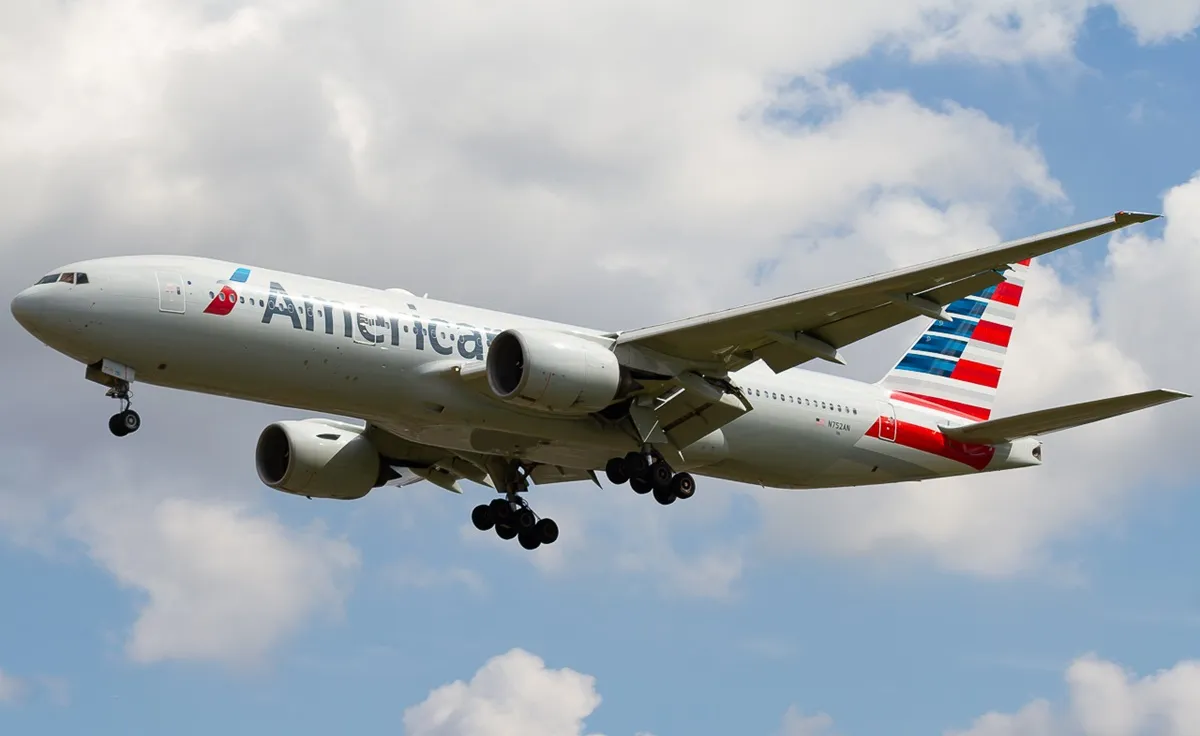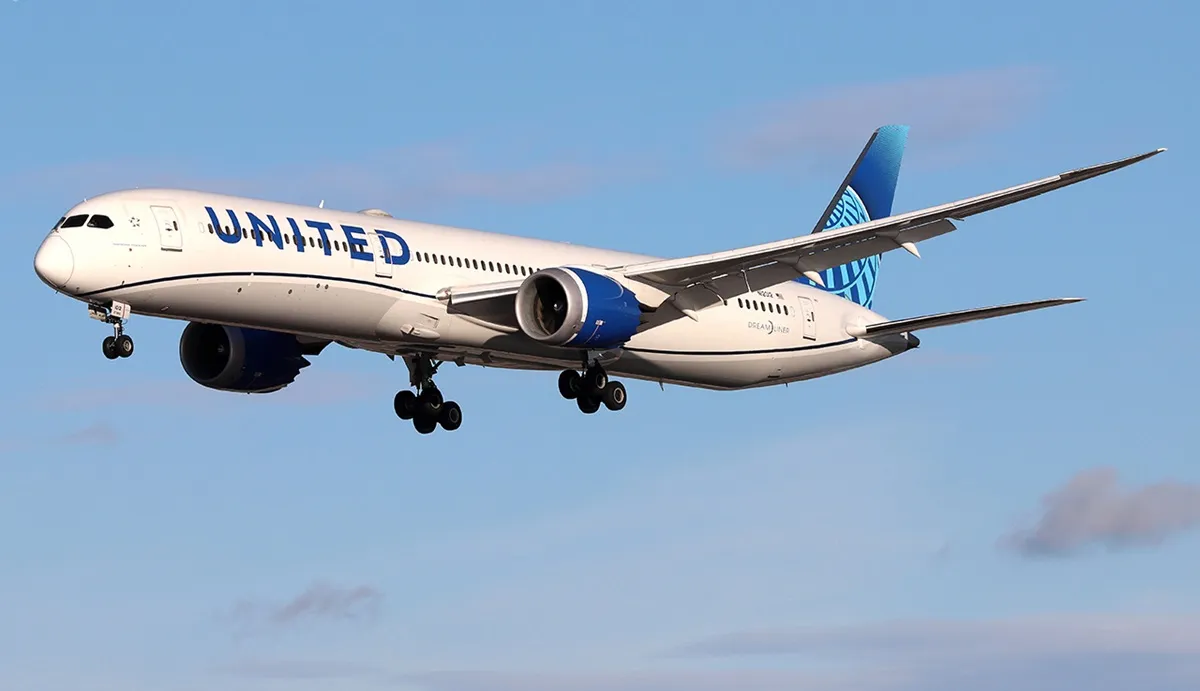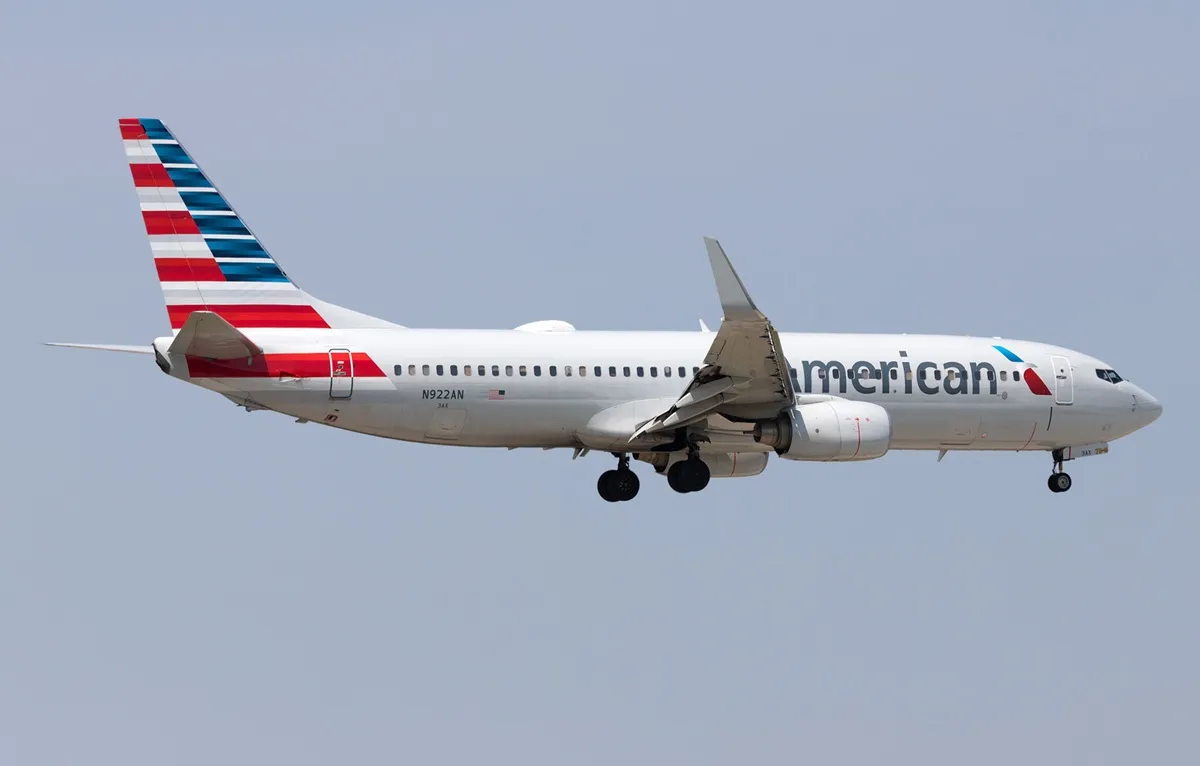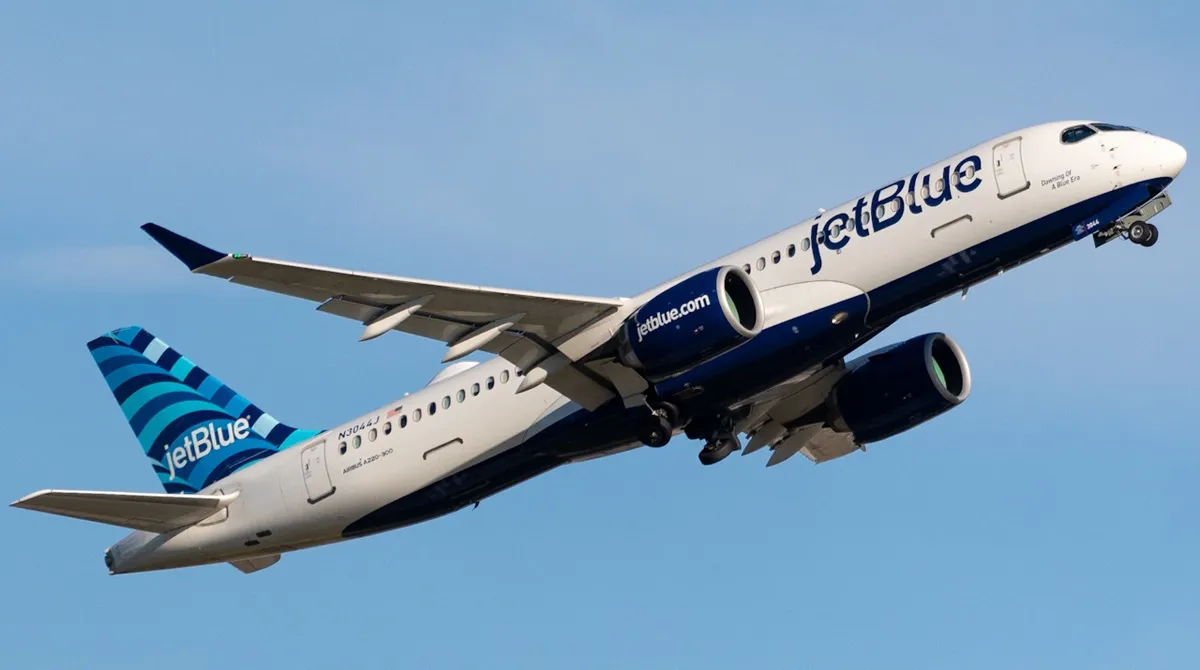
Airbus' new variant of the popular A321, the A321XLR, is starting to redefine long-haul and transatlantic travel. Introduced into service in November 2024 with Iberia, this single-aisle jet allows airlines like Iberiaand JetBlue to launch direct routes between secondary cities in North America and Europe.
With its extended range and fuel efficiency, it is set to shape the future of long-haul travel. Can a single-aisle aircraft truly revolutionize transatlantic travel and challenge the dominance of widebody jets?
Pushing the limits: How far can the A321XLR fly?
Airbus is "pioneering new opportunities" with the A321XLR, flying up to 4,700nm with a max seating capacity of 244 passengers. The new aircraft is the route opener with a lower risk for point-to-point operations.
New opportunities will open up routes from primary and secondary destinations directly. The aircraft can be used to complement seasonal demand with widebody aircraft.
The aircraft can reach new destinations within a range of 11 hours, linking thin routes to major hubs. The aircraft also reduces costs with 30% lower fuel burn and 50% less noise footprint.
Who is on the order book?
The Airbus A321XLR has been ordered by more than 25 airlines globally, with more than 500 airframes on order. Notable carriers such as indigo, Wizz Air, Qantas, Air Canada, AirAsia, Icelandair, United Airlines, and JetBlue, have all ordered the aircraft, with it proving popular for airlines wanting to operate longer routes more economically.
The aircraft are currently being manufactured in Hamburg and Toulouse, with no current plans to extend manufacturing to Airbus' plants in Tianjin, China, or Mobile, USA.
Airbus has the capability to upscale production, especially in the Alabama plant, as demand for the aircraft is duly set to surge.
What makes the A321XLR so special?
From the exterior, the new A321XLR looks familiar, with the design being based on the popular A321 series of aircraft.
Airbus has made many significant changes to the already popular A321 aircraft to enable extended-range operations with a full payload.
Additional Fuel Capacity
The A321XLR incorporates a new rear central fuel tank integrated into the fuselage's contours. This increases fuel capacity by 13,000L (3,440 US gallons), extends the range by 15% compared to the A321LR, and a 30% increase in the range over the A321N, which can fly 3,500nm.
Structural reinforcements and advanced flight systems
The aircraft features wing modifications to accommodate the increased fuel capacity. Further amendments to the belly fairing, aileron droop, and flap-track fairings have reduced drag by 0.7% compared to the A321N.
Key reinforcements to the landing gear have been made to allow for the increased weight. The brakes have also been upgraded to reduce the risk of 'hot-brakes' during deceleration.
New single-slotted inboard flaps have been added to enhance aerodynamic performance and efficiency during long-haul flights.
No compromise on comfort
Despite the XLR being a narrowbody aircraft, the aircraft has been designed for long-haul missions and maintains a strong focus on passenger comfort.
Airlines operating the variant can configure the aircraft with lie-flat business class seats, which offer similar levels of comfort found on widebody aircraft.
The A321XLR features the latest in Airspace cabin design, offering larger overhead bins, customizable ambient lighting, and a more spacious feel. Airbus has enhanced the pressurization system, reducing fatigue on long-haul flights.
Similar aircraft such as the A321N and A321LR already feature long-haul products, with Airbus reporting positive reactions from passengers. Ludek Jando, Airbus marketing specialist, said:
In fact, we’ve already had great feedback from A321LR customers. When Airbus showcased a jetBlue A321LR at this year’s [2023] Paris Air Show, for example, its level of comfort in both business and economy class wowed the public.
Exploring new Transatlantic routes with the A321XLR
Iberia Airlines took delivery of the first A321XLR, registered EC-OIL in, October 2024. This aircraft has since flown to and from Boston, United States, from Madrid, Spain.
Irish carrier Aer Lingus took delivery of the first A321XLR in December 2024, registered EI-XLR, which has been flying between Dublin, Washington DC, and Toronto. Aer Lingus plans to deploy their new 184-seat aircraft to Nashville, Tennessee, and Indianapolis, Indiana.
Many large airlines on both sides of the Atlantic and globally have orders for the long-haul-capable variant of the A321. The XLR is proving very popular for airlines wanting to open thin routes across the pond, with airlines such as American Airlines excited to receive their first of 50 ordered A321XLR's.
American Airlines is looking into potential operations to secondary destinations within Europe.
Brian Znotins, senior vice president of network and schedule planning at American Airlines, told The Points Guy in November 2024:
"We are looking at new, secondary routes. Spain, Portugal, U.K., anything in range — France, Germany, Scandinavia, all these smaller destinations that we think a wide-body just isn't well suited for,"
New Route Possibilities: A Game-Changer!
Many transatlantic airlines, such as United Airlines, are looking to expand their operations into Eastern Europe and North Africa from Newark and Washington.
Scot Kirby, CEO at United, said that "they are excited" about the new aircraft, but he hasn't confirmed the new routes yet. Recent hints from United suggest Bilbao, Spain, and Nuuk, Greenland are being considered.
In December 2024, Icelandairrevealed potential new routes with their new XLR variants. Texas and California could soon welcome the new aircraft when Icelandair takes delivery in 2029. The Icelandic flag carrier already has the A321LR in its fleet, currently serving European and North American routes.
Secondary city routes: The possibilities are endless
Current 'hub and spoke' operations could come under threat from the A321XLR, with smaller airports being able to be linked to major hubs. Icelandair CEO Bogi Nils Bogason said:
We do hear that some passengers are avoiding the very big hubs...where there have been delays."
Most passengers fly direct, rather than connecting through major hubs.
OAG data obtained by the Financial Times shows that passengers are opting to fly directly to their destination, rather than connecting at large hubs.
Data obtained from OAG shows that the trend is changing at the world's top ten hubs: SIN, LHR, AMS, IST, DXB, DOH, JFK, LAX, SFO, and ICN.
With the insightful data above, airlines could adopt routes well within the XLR's 4,700nm range. Route possibilities such as Bristol, UK or Valencia, Spain to the US East Coast could become a reality. These new routes could increase airlines' route network and offer passengers further onward connections from hubs.
Airports such as Naples, Italy are seeing a greater demand for US-bound flights, with Delta Air Lines and United Airlines offering direct flights in 2024.
United Airlines offered direct services between the Italian airport and Newark Liberty Airport with a Boeing B767, but only during the summer, with the route ceasing in October 2024.
With the pending delivery of their new A321XLR's, United Airlines could introduce the XLR aircraft on this thin route all year round when they take delivery in 2026.
Delta Air Lines reported that 70% of passengers flying on their seasonal route to Naples from JFK were American, proving the demand for flights and providing further connections to 70 US destinations. However, Delta Air Lines has yet to order the A321XLR.
Bolstering widebody operations
It is no secret that demand for routes can be seasonal, with airlines altering their capacity accordingly. The A321XLR could be used to increase capacity where an extra widebody is not needed.
By slightly increasing capacity on select seasonal routes, airlines can optimize operations and cut costs by maximizing load factors on the A321XLR, rather than operating underfilled widebody aircraft.
The future of transatlantic travel: A new era
With new aircraft come new innovations and route strategies, strengthening any airline's global position. Undoubtedly, the new Airbus A321XLR will transform how passengers travel and how airlines now think about supply and demand - a key metric within the industry.
By opening up direct routes between secondary cities to major hubs, the A321XLR is poised to redefine the skies above the Atlantic. But will widebodies still be the go-to aircraft for long-haul operations, or can the A321XLR prove a real competitor?
With its expanded range, fuel efficiency, and passenger comfort, the A321XLR is not just a game-changer, but it is a glimpse into the future of air travel!



